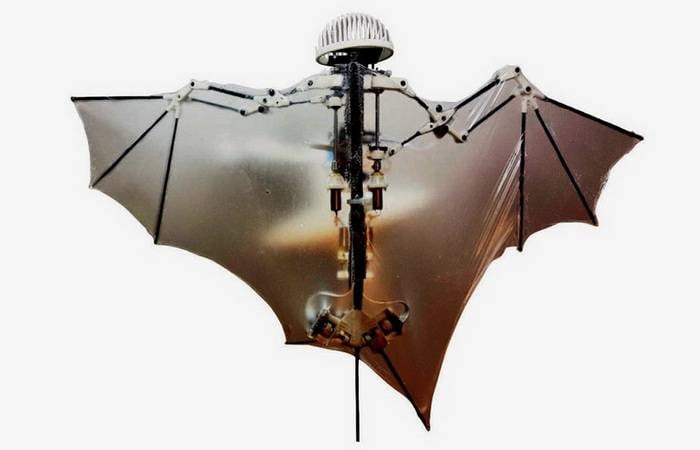The Pentagon has conceived to create a drone in the form of a bat

The fact is, according to Defense News magazine, that modern unmanned aerial vehicles are made similar to helicopters or airplanes. Rotating screws create noise, which sometimes can be heard without the help of special devices, which makes it impossible to covertly observe. UAVs, able to fly silently, will provide secrecy intelligence. In addition, vehicles that move with the help of flapping wings will be more maneuverable, it will be more difficult to hit them with anti-aircraft weapons. The winner of the competition will receive a grant from the Pentagon to develop a new UAV
It should be noted that in February last year, American scientists from several technological universities created the Bat Bot or "Bot - Bat" drone. Their robot can fly, flap its wings, hover and fall headfirst like a real bat. Weight drone is 85 grams. The "skeleton" of the apparatus is made of carbon fiber, and the "skin" is made of a silicon-based membrane. Each wing has nine joints, four of which are passive, and five function autonomously. Thanks to this, Bat Bot can fly without the help of a propeller, which increases its maneuverability in enclosed spaces. The cost of the three-year project is about $1,5 million, writes RG-Sila.
Information